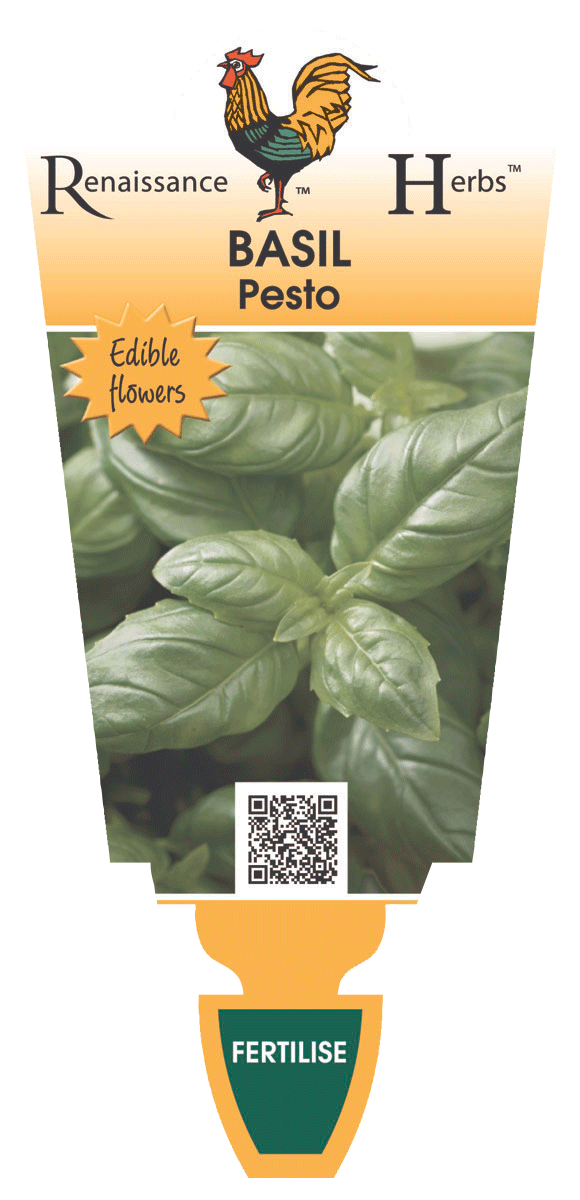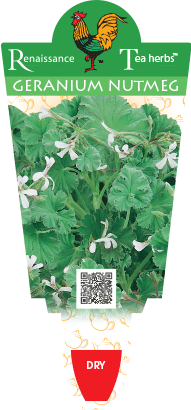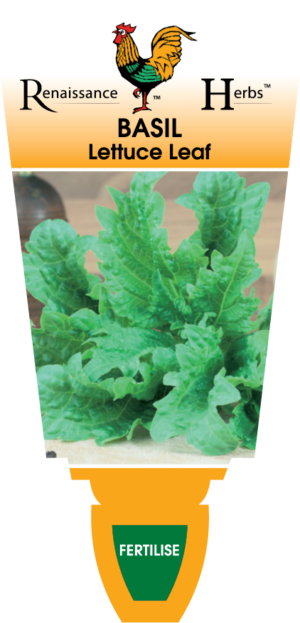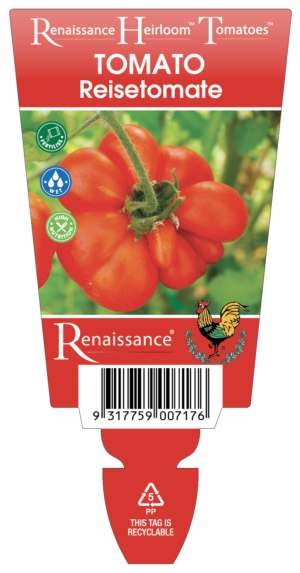Description
(Ocimum basilicum)
Basil Pesto, originally from India, is best known as a culinary herb prominently featured in Italian cuisine and also plays a major role in the Northeast Asian cuisine of Taiwan and the Southeast Asian cuisines of Thailand, Vietnam, Cambodia and Laos. Depending on the species and cultivar, the leaves may taste somewhat like anise, with a strong, pungent, often sweet smell.
Growing Tips
Choose a sunny site with well-drained soil, amend with well-rotted manure or compost.
Use
Basil is commonly used fresh in cooked recipes. It is generally added at the last moment, as cooking quickly destroys the flavour. The fresh herb can be kept for a short time in plastic bags in the refrigerator, or for a longer period in the freezer, after being blanched quickly in boiling water. The dried herb also loses most of its flavour and what little flavour remains tastes very different, with a weak coumarin flavour, like hay. Basil is one of the main ingredients in pesto sauce, a green Italian oil-and-herb sauce, its other main ingredients are olive oil, garlic and pine nuts.
Herb Attributes
| Harvest | Regularly, the more you harvest the more it will produce. If kept warm and harvested often you may even get 10 months worth of Basil leaves. |
|---|---|
| Position | Part to Full Sun |
| Height | 90cm |
| Width | 60cm |
| Lifespan | Annual |





